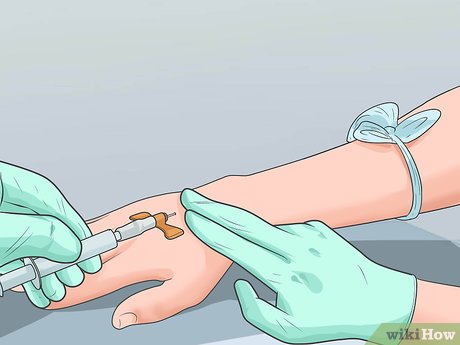Insertion & Removal of a Peripheral Intravenous Cannula

Peripheral Intravenous Infusion or peripheral IV infusion is a procedure adopted to insert the IV cannula that contains a needle at the end into the vein of choice to infuse IV fluids, medications, or to draw the blood out for sampling. The basic purpose of using the proper technique for insertion or removal of the intravenous cannula is to avoid damage to the veins, to prevent infection, or to prevent possible complications or throb to the patient.
Insertion of Peripheral Intravenous Cannula
The first and foremost step is to identify the correct patient. It can be done by confirming the patient’s name, surname, DOB, patient number or medical record number, etc. after identification of the patient, explain the procedure to the patient as simply as possible. Avoid using medical language with the patient and obtain medical consent.
Identification of a suitable IV site is very important. After careful inspection of the state of veins of a patient, the site of choice is usually a non-dominant upper limb excluding the wrist and elbow joint. Make sure the patient is lying comfortably on the bed. Support the arm and perform aseptic measures and wipe the skin with an alcohol swab.
Tie up the vein by applying manual traction and insert the needle while the cannula is facing 90 degrees. Closely observe the chamber of the needle for the first drop of the blood and start to draw the cannula out and the second flashback of blood along the shaft of the cannula. Gently remove the traction and release the tourniquet and apply the connector.
Removal of Peripheral Intravenous Cannula
Using antiseptics such as alcohol swabs or sanitizer, clean your hands before you begin the procedure to remove peripheral intravenous cannula or peripheral IV cannula and wear the disposable, and carefully remove the dressing of the cannula that is holding/securing it. Put a small piece of small gauze piece on the wound and apply pressure to ensure there’s no leakage.
A complete inspection of the cannula is very important after removal and dispose of it carefully and maintain a record. If the healthcare professional fails to complete the procedure in two attempts, refer to the next more competent healthcare worker available. Proper infection control protocols should be followed to reduce the possible risk of needle-associated and opportunistic infections.
Disclaimer: The information provided on this website (www.MadeForMedical.com) is only for educational purpose. While we tried hard to write quality articles but still, the articles and the information within them is not guaranteed to be free of factual errors or typos and hence may not be correct. You are advised to independently verify the claims in the articles and make your own conclusion.
